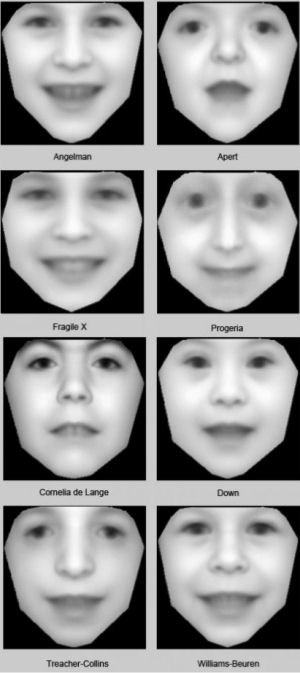
Software that scans and analyzes family snapshots could help doctors diagnose which rare genetic disorder a child is suffering from, say Oxford University researchers. Reporting on their work in the journal eLife, the developers say the program recognizes facial features in photographs; looks for similarities with facial structures for various conditions, such as Down’s syndrome, Angelman syndrome, or Progeria; and returns possible matches ranked by likelihood.
“The algorithm increasingly learns what facial features to pay attention to and what to ignore from a growing bank of photographs of people diagnosed with different syndromes,” explained lead researcher Dr Christoffer Nellaker.
While genetic disorders are each individually rare, collectively these conditions are thought to affect 1-in-17 people. Of these, a third may have symptoms that greatly reduce quality of life. However, most people fail to receive a genetic diagnosis.
Identifying a suspected developmental disorder tends to require clinical geneticists to come to a conclusion based on facial features, follow up tests and their own expertise. It’s thought that 30-40 percent of rare genetic disorders involve some form of change in the face and skull, possibly because so many genes are involved in development of the face and cranium as a baby grows in the womb.
“A diagnosis of a rare genetic disorder can be a very important step. It can provide parents with some certainty and help with genetic counseling on risks for other children or how likely a condition is to be passed on,” said Nellaker. “A diagnosis can also improve estimates of how the disease might progress, or show which symptoms are caused by the genetic disorder and which are caused by other clinical issues that can be treated.”
Nellaker said the software accounts for variations in lighting, image quality, background, pose, and facial expression. It then builds a description of the face structure by identifying corners of eyes, nose, mouth and other features, and compares this against what it has learnt from other photographs fed into the system.
“A doctor should in future, anywhere in the world, be able to take a smartphone picture of a patient and run the computer analysis to quickly find out which genetic disorder the person might have,” says Nellaker. “This objective approach could help narrow the possible diagnoses, make comparisons easier and allow doctors to come to a conclusion with more certainty.”
Related:
Discuss this article in our forum
Software maps evolution of musical taste to predict hits
Software identifies psychopaths
Software detects lies by analyzing eye movements
Hipster or Goth? Software algorithm identifies your urban tribe

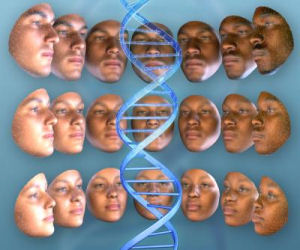

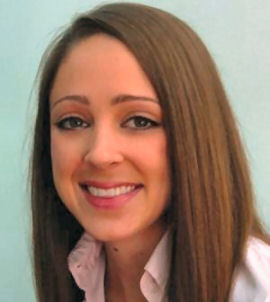




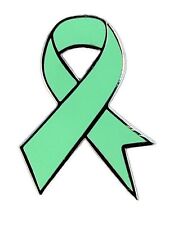

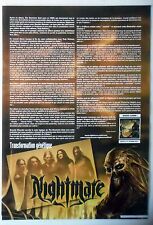
Comments are closed.